A Comprehensive Guide To Downloading Software For Windows
A Comprehensive Guide to Downloading Software for Windows
Related Articles: A Comprehensive Guide to Downloading Software for Windows
Introduction
With enthusiasm, let’s navigate through the intriguing topic related to A Comprehensive Guide to Downloading Software for Windows. Let’s weave interesting information and offer fresh perspectives to the readers.
Table of Content
A Comprehensive Guide to Downloading Software for Windows
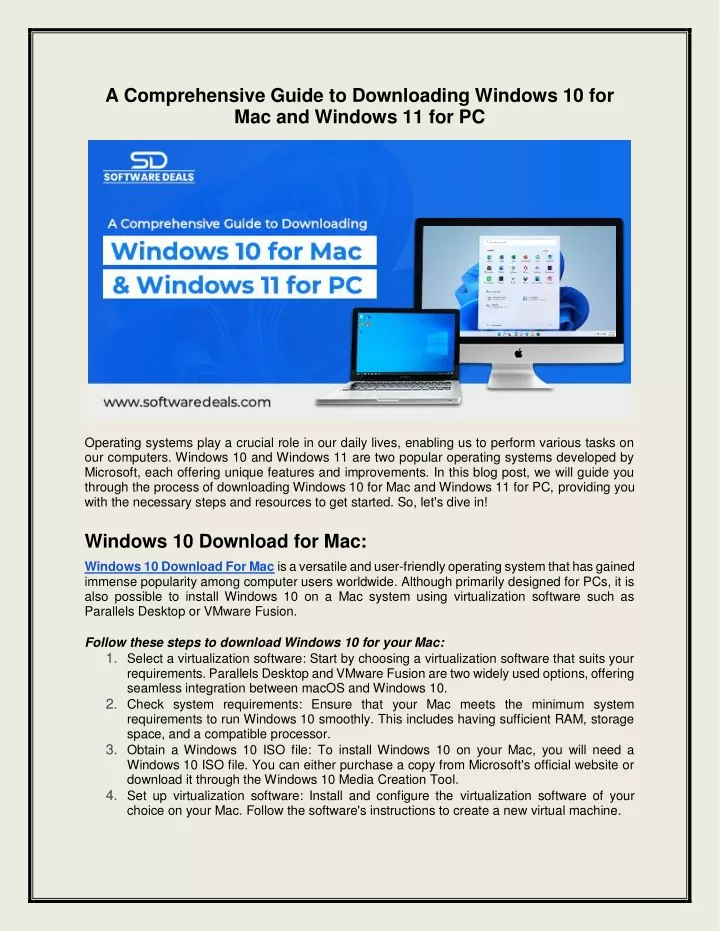
The world of software is vast and ever-evolving, offering a multitude of tools to enhance productivity, creativity, and entertainment. For Windows users, navigating this landscape often involves downloading and installing software from various sources. This guide delves into the process of downloading software for Windows, addressing key considerations, safety measures, and best practices.
Understanding Software Downloads
Downloading software for Windows involves obtaining digital files containing the program’s instructions and data. These files are typically compressed into executable (.exe) files, which, upon execution, install the software on your computer. The process of downloading and installing software is a crucial step in utilizing its functionality.
Sources for Software Downloads
Software downloads are primarily available from two main sources:
- Official Websites: The most reliable and secure source for software downloads is the official website of the software developer. This ensures that you are obtaining the latest version, free of malware, and often includes support resources.
- Third-Party Download Sites: While convenient, these sites can pose risks. They may offer older, outdated versions, contain malware, or lack proper licensing. It is crucial to exercise caution and verify the legitimacy of the site before downloading any software.
Navigating the Download Process
The download process itself is relatively straightforward:
- Locate the Download Link: On the software website or third-party site, locate the download link. This is typically a button or text link labeled "Download," "Get," or similar.
- Initiate the Download: Clicking the download link will initiate the download process. The software file will be saved to your computer, usually in the Downloads folder.
- Run the Installer: Once the download is complete, locate the downloaded file and double-click it to run the installer.
- Follow Installation Instructions: The installer will guide you through the installation process. This typically involves selecting installation options, accepting terms and conditions, and choosing a destination folder.
- Complete the Installation: Once the installation is complete, the software will be available for use.
Ensuring Safe and Secure Downloads
Downloading software can be risky if not done properly. Here are some safety tips to ensure secure downloads:
- Verify the Source: Always download software from official websites or reputable third-party sources. Be wary of suspicious links or websites that seem too good to be true.
- Check for Security Certificates: Look for a padlock icon in the address bar of your web browser, indicating a secure connection.
- Scan Downloaded Files: Use a reputable antivirus program to scan downloaded files before running them.
- Read User Reviews: Check user reviews on the software website or other reputable platforms to gauge the software’s reliability and potential risks.
- Keep Software Updated: Regularly update your software to patch vulnerabilities and ensure optimal performance.
Understanding Software Licensing
Software licensing determines how you are allowed to use the software. Common licensing models include:
- Freeware: Free to use without any restrictions.
- Shareware: Free to try for a limited period, requiring payment for continued use.
- Trialware: Offers a trial period with full functionality before requiring purchase.
- Commercial Software: Requires purchase for full access and usage.
- Open-Source Software: Available for free use, modification, and distribution under specific licenses.
FAQs about Downloading Software for Windows
Q: What are the benefits of downloading software for Windows?
A: Downloading software for Windows grants access to a wide range of tools and applications that enhance productivity, creativity, entertainment, and communication. These programs offer specialized features and functionalities tailored to specific needs, expanding the capabilities of your Windows system.
Q: How do I know if a downloaded software is safe?
A: The safest approach is to download software directly from the official website of the developer. Additionally, using a reputable antivirus program to scan downloaded files and checking user reviews can help assess the software’s safety.
Q: What are the risks associated with downloading software from third-party sites?
A: Third-party sites may offer outdated versions, contain malware, or lack proper licensing. It is crucial to exercise caution and verify the legitimacy of the site before downloading any software.
Q: How do I update software on my Windows computer?
A: Most software applications have an integrated update feature. You can typically access this by checking the "Help" menu or by looking for a "Check for Updates" option within the program settings.
Tips for Downloading Software for Windows
- Use a Dedicated Download Folder: Create a separate folder for downloaded files to maintain organization and easily locate them.
- Check System Requirements: Ensure your computer meets the minimum system requirements for the software before downloading it.
- Disable Pop-up Blockers: Temporarily disable pop-up blockers on your web browser to avoid interfering with the download process.
- Back Up Your Data: Before installing new software, create a backup of your important data to prevent accidental loss.
- Read the End User License Agreement (EULA): Carefully review the EULA before installing software to understand its terms and conditions.
Conclusion
Downloading software for Windows is a common practice that provides access to a vast array of tools and applications. By understanding the process, safety measures, and licensing considerations, users can effectively navigate the world of software downloads and ensure a secure and enjoyable experience.
Remember, always prioritize downloading from reputable sources, utilize antivirus protection, and stay informed about software licensing. With these precautions, you can confidently explore the vast world of software available for Windows, unlocking its full potential and enhancing your digital experience.
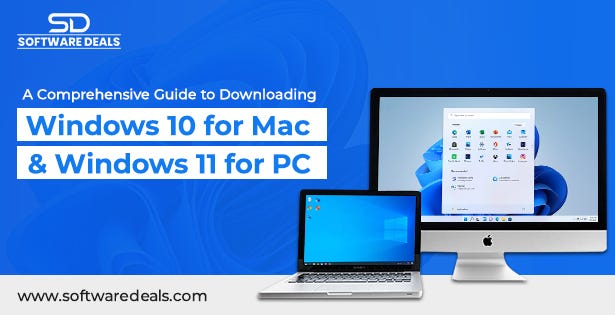
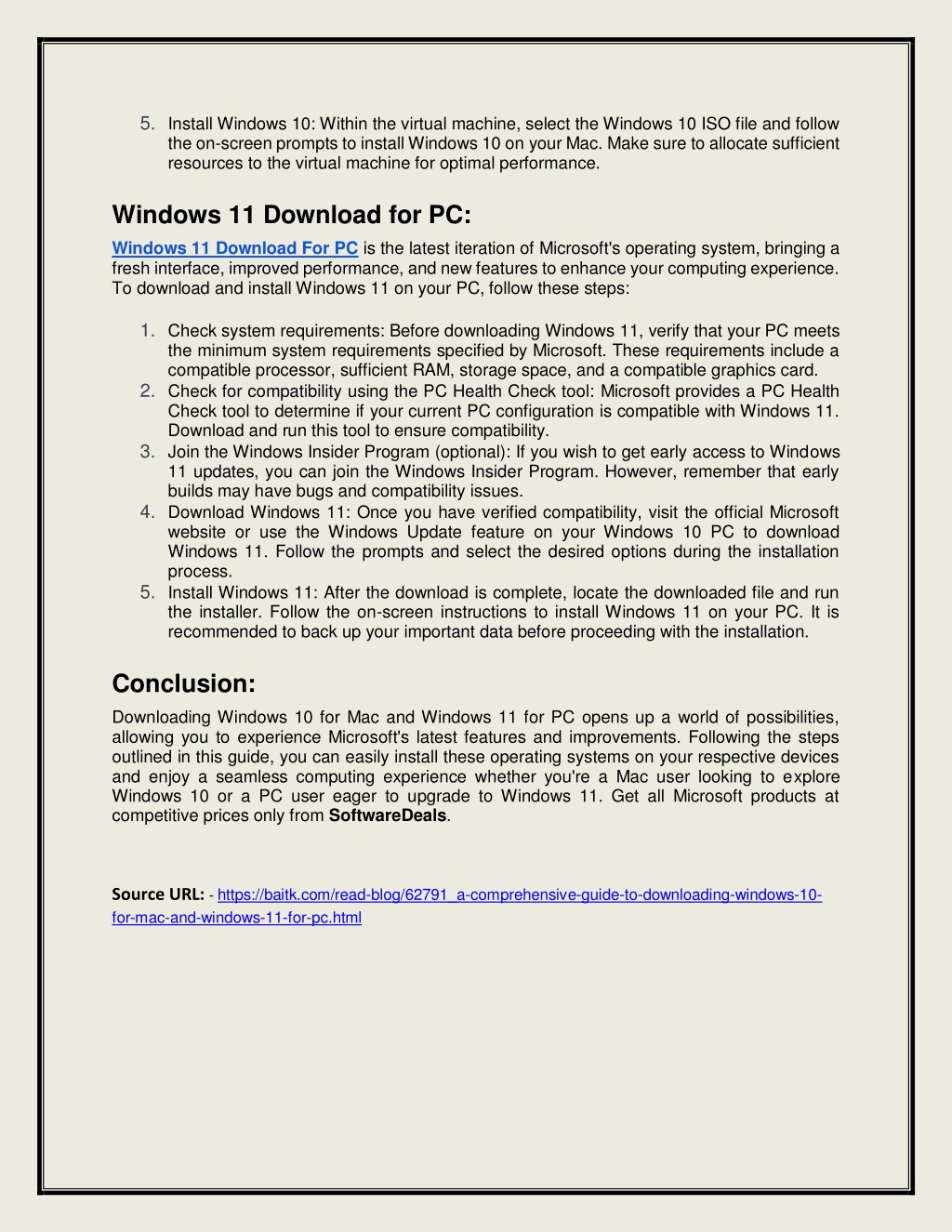
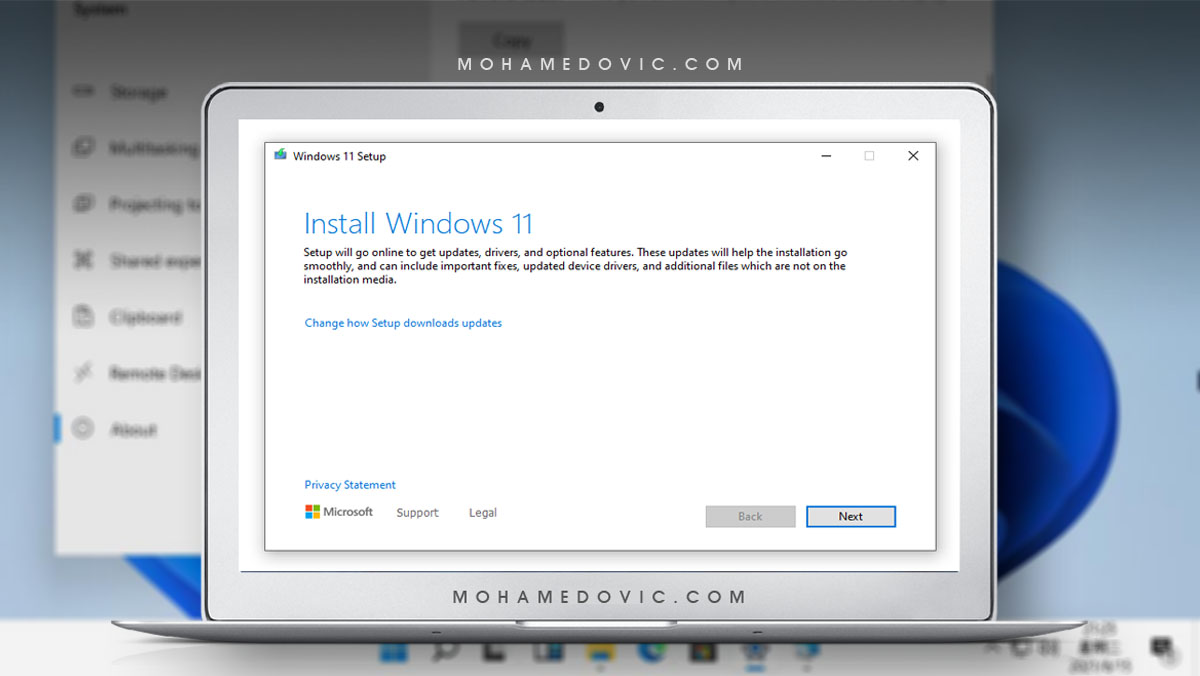

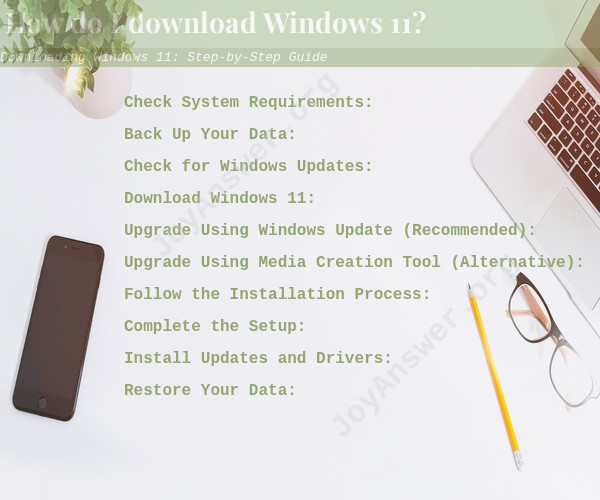


Closure
Thus, we hope this article has provided valuable insights into A Comprehensive Guide to Downloading Software for Windows. We thank you for taking the time to read this article. See you in our next article!
